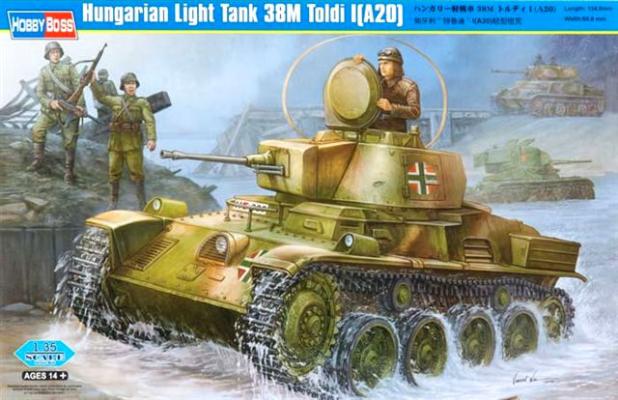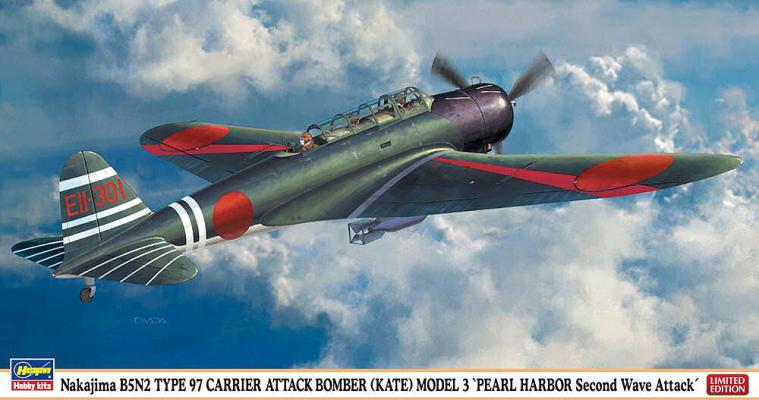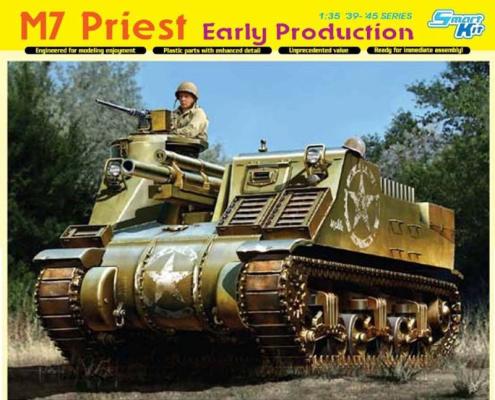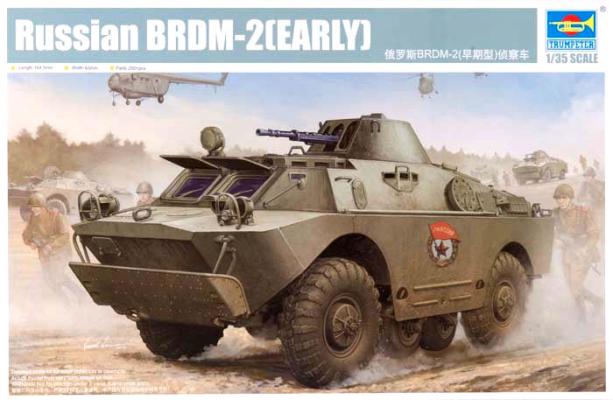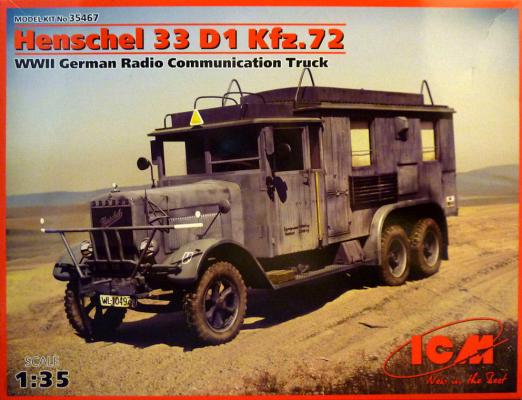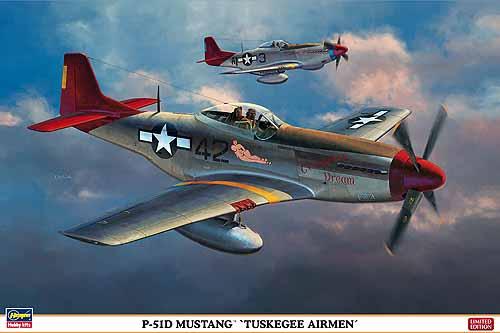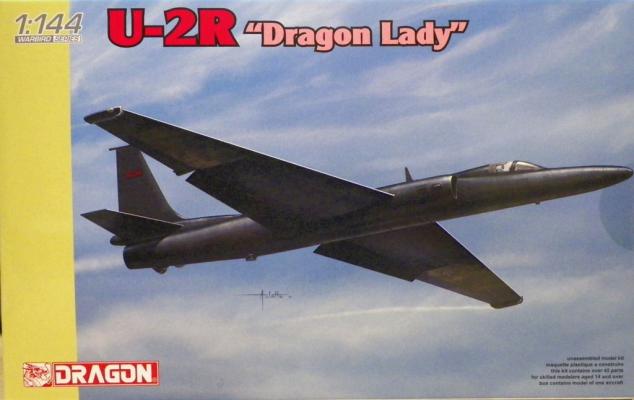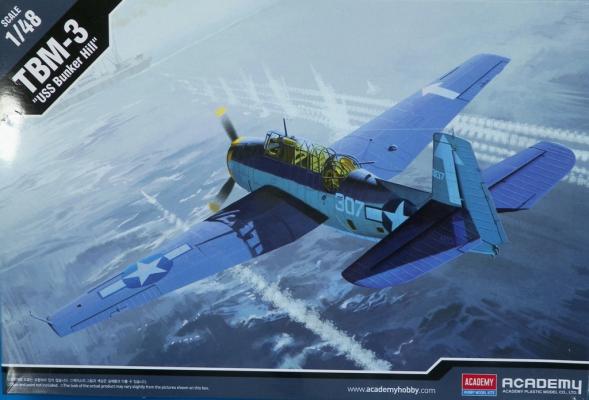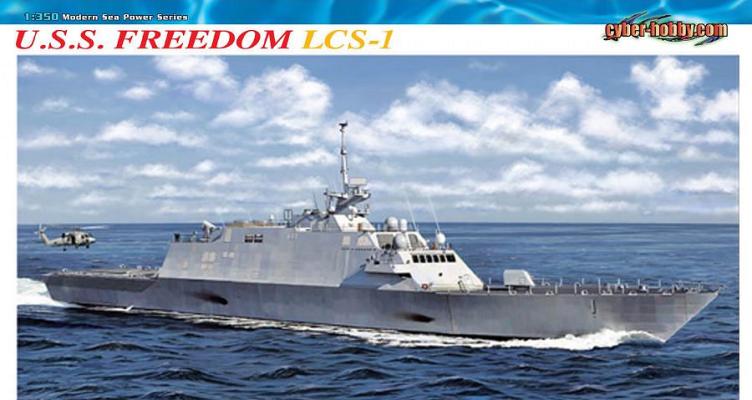For the lovers of Soviet cold war armor, decades have gone by without any accurate, readily available kits. What was out were either resin or very limited run, and usually done from sketchy plans and grainy photos as a reference. The fall of the Iron Curtain saw the availability of reference material open up some, and a few kits from former Soviet Bloc countries trickled in, but we were still left wanting. Tamyia, Esci, Dragon, and others started covering the “heavy hitters” during the 1990s, yet that still left many vehicles untouched.
Enter the 21st century market with an onslaught of kits from the Far East. Trumpeter has been steadily working its way through the Soviet inventory, or so it seems, and after starting a series of eight-wheeled vehicles, they begin the four-wheeled with the release of the early model BRDM-2.

